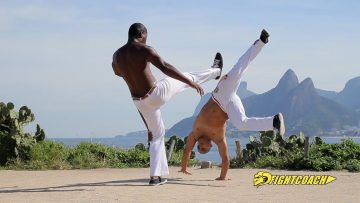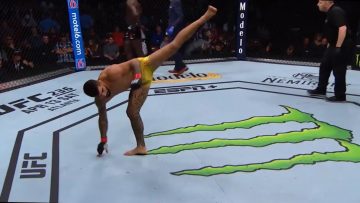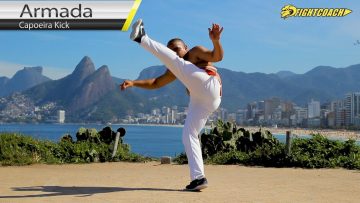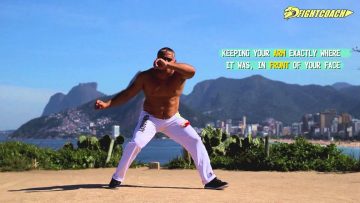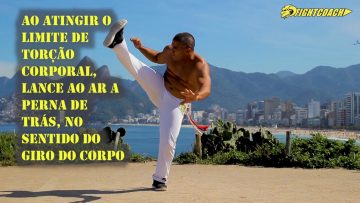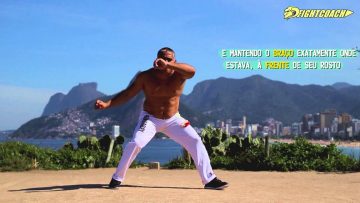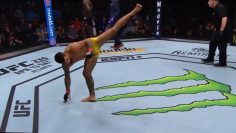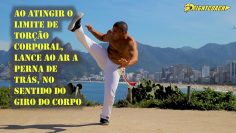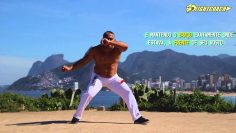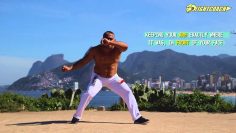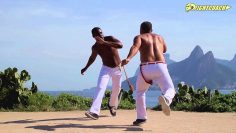Capoeira Techniques Demo
This video showcases the core techniques of capoeira, one by one. Capoeira possesses a wealth of beautiful, challenging and often even acrobatic movements (initiated from the dance like rhythmic basic motion of ginga) that can take time to master, but learning them will eventually make your movement super smooth and fluid. Learning capoeira will give a great base from which to build also for other martial arts or sports, if desired. Famous UFC athletes with an extensive capoeira background are for example Thiago “Marreta” Santos and Elizeu “Capoeira” Zaleski dos Santos. Even Conor McGregor uses a lot of capoeira -style movement training, and spinning attacks in his fighting style. He can often be seen training movements similar to the ginga, the basic movement groove of capoeira, from which attacks and defenses are initiated. Conor has said of capoeira, that it’s “phenomenal to see the movements that these guys can do and the balance and fluidity.”
Coaches: Mestre Cocoroca & Anderson Sabino
Showcased are Ginga, Meia Lua de Compasso, Martelo, Armada, Quiexada, Au, Bênção, Meia Lua de Frente, S-Dobrado, Esquiva Lateral, Esquiva de Frente/Baixa, Esquiva Atrás, Macaco, Banda de Costa, Tesoura de Frente and a final Jogo.
Music: Basa Basa Beat – Nana Kwabena & Batuque Bom – Quincas Moreira
For those interested to go deep into the interesting history of capoeira, Matthias Röhrig Assunção’s book Capoeira: The History of an Afro-Brazilian Martial Art (2005) offers a wealth of information. From the introduction to the book:
“First documented among African and Creole slaves in late colonial Brazil, the martial art capoeira spread, despite periodic clampdowns by the police, to the free underclasses of Brazilian cities throughout the nineteenth century. Capoeira is now a mainstream sport, taught in Brazilian fitness centres, schools and universities, and practised by a range of people of different age, class, gender and ethnicity around the world. Some practitioners now even seek Olympic recognition for capoeira. The change in meaning and purposes of capoeira has led to conflicts between traditionalists, for whom capoeira is part of an African cultural heritage, and reformers, who wish to see capoeira develop as an international sport. There is consensus, however, that capoeira is a weapon to be used against social injustice and racial exclusion.”


